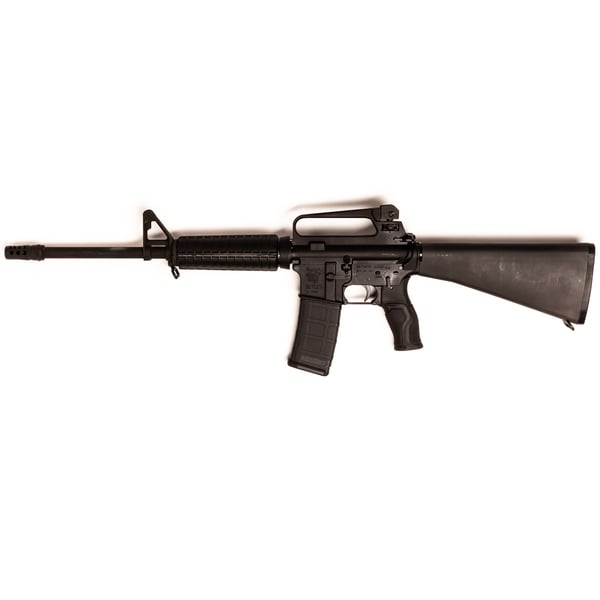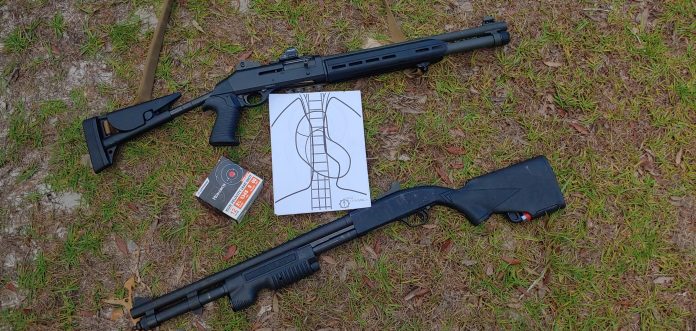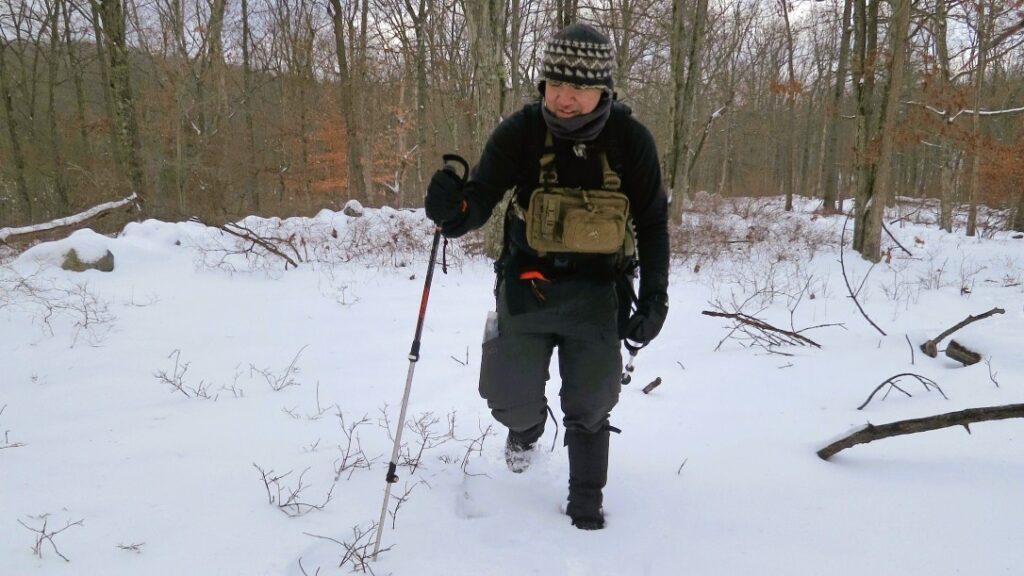I never knew much about Olympic Arms. My knowledge stopped at the fact Willem Dafoe carried one in Clear and Present Danger. I knew they made ARs, but that was about it. When I got into guns seriously, Olympic Arms seemed to be a budget AR company, and I never had much knowledge of the company and its happenings. Because of Willem Dafoe and Clear and Present Danger, I wanted to know a little more and quickly discovered this company was wild.
Olympic Arms – The Early Origins
Olympic Arms was founded in 1956 by Robert Schuetz, who originally named it Schuetzen Gun Works. They made barrels and worked with folks like famed gunsmith P.O. Ackley. In 1975, they began producing custom bolt action rifles and thrived. In 1982, they started to manufacture AR-style rifles and used the trade name Olympic Arms. This is where the story really starts.
They did a ton of revolutionary stuff with the AR market. They were one of the few companies to produce everything in-house and remained that way for most of the company’s life. It’s worth noting that AR companies in the 80s weren’t like AR companies today. There weren’t many of them, so Olympic Arms helped pioneer our current market.
Advertisement — Continue Reading Below

They did a lot of interesting stuff in the early days that we’d see as standard today. OA produced ARs in various pistol calibers ranging from 9mm and .45 ACP to new kids like 10mm and .40 S&W. They moved into calibers we don’t traditionally see in ARs like .243 and .25 WSSM. They even produced some of the early free-floating handguards on the market in the form of aluminum tubes.
Olympic Arms did some really neat stuff early on that’s become standard practice these days, but they also did some wild stuff.
Advertisement — Continue Reading Below
Getting Wild With Olympic Arms
Let’s take it back to Willem Dafoe and his odd AR-looking thing in Clear and Present Danger. Olympic Arms was also a pioneer of AR-style pistols. One of their most famous is the OA-93. That’s the gun wielded by Willem Dafoe. The OA-93 isn’t your typical AR and does away with the receiver extension and plants a long tube across the top of the gun and a top charging handle. It’s a fairly unique AR 15 lower serup.
That tube contained the recoil spring since the receiver extension was lopped off. These guns chambered 5.56/.223 and had an uber-short 6.5-inch barrel. They weighed less than some big revolvers at 4.46 pounds. These guns were fascinating. I’m sure they were concussive, loud, and not all that useful. You’re trimming a lot of velocity off of a 5.56 when shooting it through a 6.5-inch barrel.

Advertisement — Continue Reading Below
The OA-93 became a series of weapons. Olympic Arms produced a carbine variant with a folding stock and a 7.62x39mm model. We’ll talk a little more about that model later. The 1994 Crime Bill and Assault Weapons Ban spawn two follow-on models.
To comply with the OWB, the OA-96 premiered. It featured a fixed 30-round magazine. The user opened the receiver in a shotgun style to load the magazine. Another model known as the OA-98 trimmed the weight to below 50 ounces, which, as a pistol, made it compliant with the assault weapon ban.
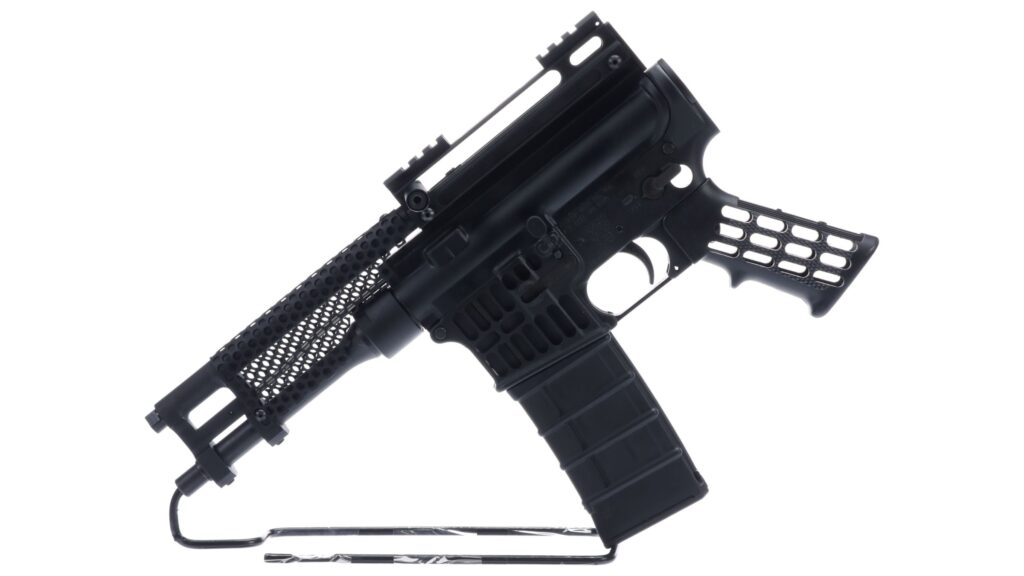
Advertisement — Continue Reading Below
Most companies weren’t this clever or troll-like. Olympic Arms was a bit like a proto-Franklin Armory in producing guns that walked the line, but just barely. I can respect them for the game they played, but it gets tough when we bring up 7.62x39mm.
The 7.62 Conundrum
The 7.62x39mm OA-93 model is one of the most controversial guns ever made. We are a nation of dumb gun laws, and those laws regulate ‘armor’ piercing ammo, specifically handgun ammo. They regulate that ammo by its composure.
The materials the ammo is made from matter. We imported tons of super cheap steel core 7.62x39mm at the time. Since it wasn’t handgun ammo, it didn’t run afoul of armor-piercing ammo importation restrictions.
Advertisement — Continue Reading Below
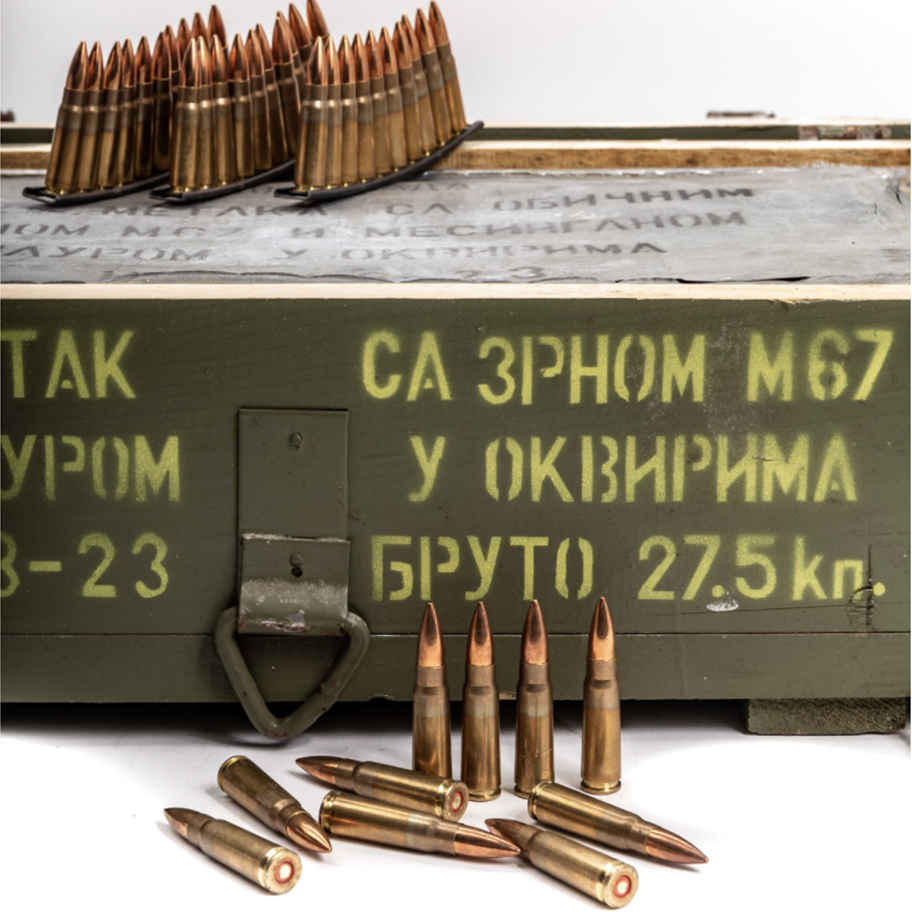
Legend has it that the cheap steel core ammo was banned because Olympic Arms produced the first 7.62x39mm handgun. Arguably, this isn’t OA’s fault, and even if it is true, it’s the fault of dumb politicians. The legend states they knew it would happen and did it anyway.
Others say it’s not true. Olympic Arms hadn’t released any OA-93s in 7.62x39mm at the time the ammo was banned. They had advertised the gun as coming, but none had been sold. Gunwriter Dean Speir wrote extensively on the subject, cataloging two attempts from distributors to warn Olympic Arms and recalling a conversation he had with the folks at OA in 1994.
Advertisement — Continue Reading Below
The ATF used evidence that Olympic Arms was taking orders at SHOT Show that a 7.62x39mm handgun existed. It’s worth noting that some small number of AK pistols were sold prior to the OA-93’s existence, but they didn’t trigger the ban.
Beyond the OA-93
Olympic Arms continued to do some interesting weapons. They brought back the too-cool Whitney Wolverine .22 caliber pistol. This new model used a polymer frame instead of an alloy frame. The company also purchased Safari Arms and began producing M1911s.

Advertisement — Continue Reading Below
In 2013, they announced they would no longer sell products to New York LEOs after a sweeping gun ban hit New York State. They remained in the news quite a bit but ultimately closed their doors in 2017. The OA-93 in 7.62×39 fiasco has clung to their reputation, and you won’t get far in any research about OA without running into someone referencing it.
It might be OA’s legacy, which is understandable but a bit of a shame for a quite innovative company. They made some wild stuff and armed Willem Dafoe in a great movie.
